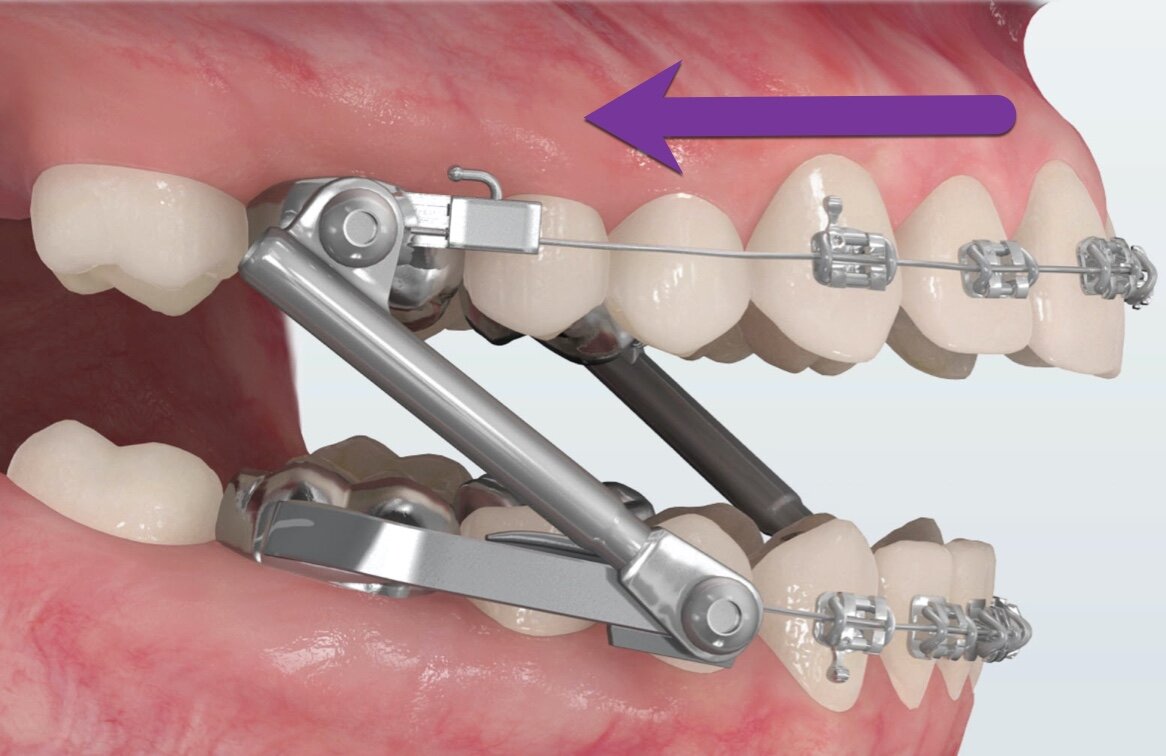Does Orthodontic Treatment Cause Sleep Apnea?
Orthodontists are specialists in straightening teeth and fixing bites. As doctors, we are always looking for the best ways to give our patients the most attractive, healthy smiles possible. If there is a treatment that is better, faster, or less expensive, we want to provide that treatment. At the same time, we have an obligation not to imply that we can prevent or cure disease if there is no proof supporting that claim. Doctors also have a responsibility to make sure the treatment we provide does not harm our patients, now nor in the future. An important part of being a doctor is being able to evaluate the science behind various treatment approaches and not merely be swayed by clever marketing or popular trends. For this reason, all orthodontic specialists learn to conduct and interpret research as part of their training.
Is There a Relationship Between Orthodontics and Obstructive Sleep Apnea?
One area of medicine that has been of particular interested to orthodontists in the past two decades is Obstructive Sleep Apnea (OSA). Because the teeth are so close to the nasal cavity, tongue, and throat, it is not surprising that some have suggested there may be a relationship between the position of the teeth and the prevalence of this disorder. If it could be proven that some orthodontic techniques either prevent or cure OSA, we would want to provide that treatment. Additionally, if we knew that certain techniques cause or worsen the condition, we would want to avoid those. For these reasons, the orthodontic specialty (through the American Association of Orthodontists) performed a two-year review of over 4,000 scientific studies to determine what, if any relationship exists between orthodontics and OSA. The results of this study were published in 2019 and are the basis for my four blog posts addressing the relationship between orthodontics and sleep apnea. (By the way, I am not an expert on OSA. I am merely reporting the findings of the AAO task force that WAS comprised of experts, so please don’t kill the messenger.)
Why Do Some Believe that Orthodontic Procedures Cause Sleep Apnea?
Those who believe that some orthodontic procedures cause sleep apnea reason that any treatment that moves the front teeth backward “logically” also pushes the tongue back the same amount. They believe that if the tongue is pushed back, it will occlude the airway causing apnea or hypopnea (complete or partial blockage of the airway).
Which Orthodontic Procedures Have Been Blamed for Causing Sleep Apnea?
Orthodontic procedures which have the potential to move the front teeth backwards are headgear, dental retraction, extractions, and jaw reduction surgeries. Headgear can be used to either modify growth in growing patients by restraining the forward growth of the upper arch (like a parking brake) or scooting back the front teeth in non-growing patients. Retraction devices (rubber bands, springs, etc.) work by moving the upper teeth backwards, typically by using the bottom teeth as an anchor. Extractions, or the removal of permanent teeth, are prescribed to resolve crowding, to create space for the reduction of an overbite, or a combination of the two. Lastly, jaw reduction surgeries are used to match the length of one jaw to the other. The most common example is mandibular setback surgery used to correct an underbite.
Is There Any Evidence That Orthodontic Treatment Causes Sleep Apnea?
After reviewing thousands of articles, the AAO task force found no evidence supporting the claim that moving the front teeth backwards causes sleep apnea. Studies designed to specifically examine the effects of headgear, retraction, extraction, or jaw surgery have failed to show any correlations between these procedures and an increased prevalence of OSA, immediately or later in life. Although concerned practitioners may say “it just makes sense,” or “I see it all the time,” or “prove to me that it doesn’t,” the current research just doesn’t support these claims. As of this writing, no orthodontic procedure has been shown to cause sleep apnea.
The Role of the Orthodontist in the Treatment of Sleep Apnea
At Jorgensen Orthodontics, we recognize our role in the treatment of sleep apnea. We are not experts in OSA, but we are experts in orthodontics, and we want to provide the best care to our patients. In accordance with the position paper of the American Association of Orthodontists, we do not believe that we can diagnose, prevent, or treat sleep apnea, nor do we cause it. We do feel that we can screen our patients to identify those who are at risk and refer them to qualified sleep physicians who have the appropriate tools to diagnose and treat their conditions. If a physician feels that a patient would benefit from orthodontic treatment, we can provide that service.
NOTE: The author, Dr. Greg Jorgensen, is a board-certified orthodontist who is in the private practice of orthodontics in Rio Rancho, New Mexico (a suburb on the Westside of Albuquerque). He was trained at BYU, Washington University in St. Louis, and the University of Iowa. Dr. Jorgensen’s 29 years of specialty practice and 10,000 finished cases qualify him an expert in two-phase treatment, extraction and non-extraction therapy, functional orthodontics, clear aligners (Invisalign), and multiple bracket systems (including conventional braces, Damon and other self-ligating brackets, Suresmile, and lingual braces). This blog is for informational purposes only and is provided to help consumers understand currently accepted orthodontic concepts. It is not a venue for debating alternative treatment theories. The opinions expressed here are protected by copyright laws and can only be used with written permission from the author.

